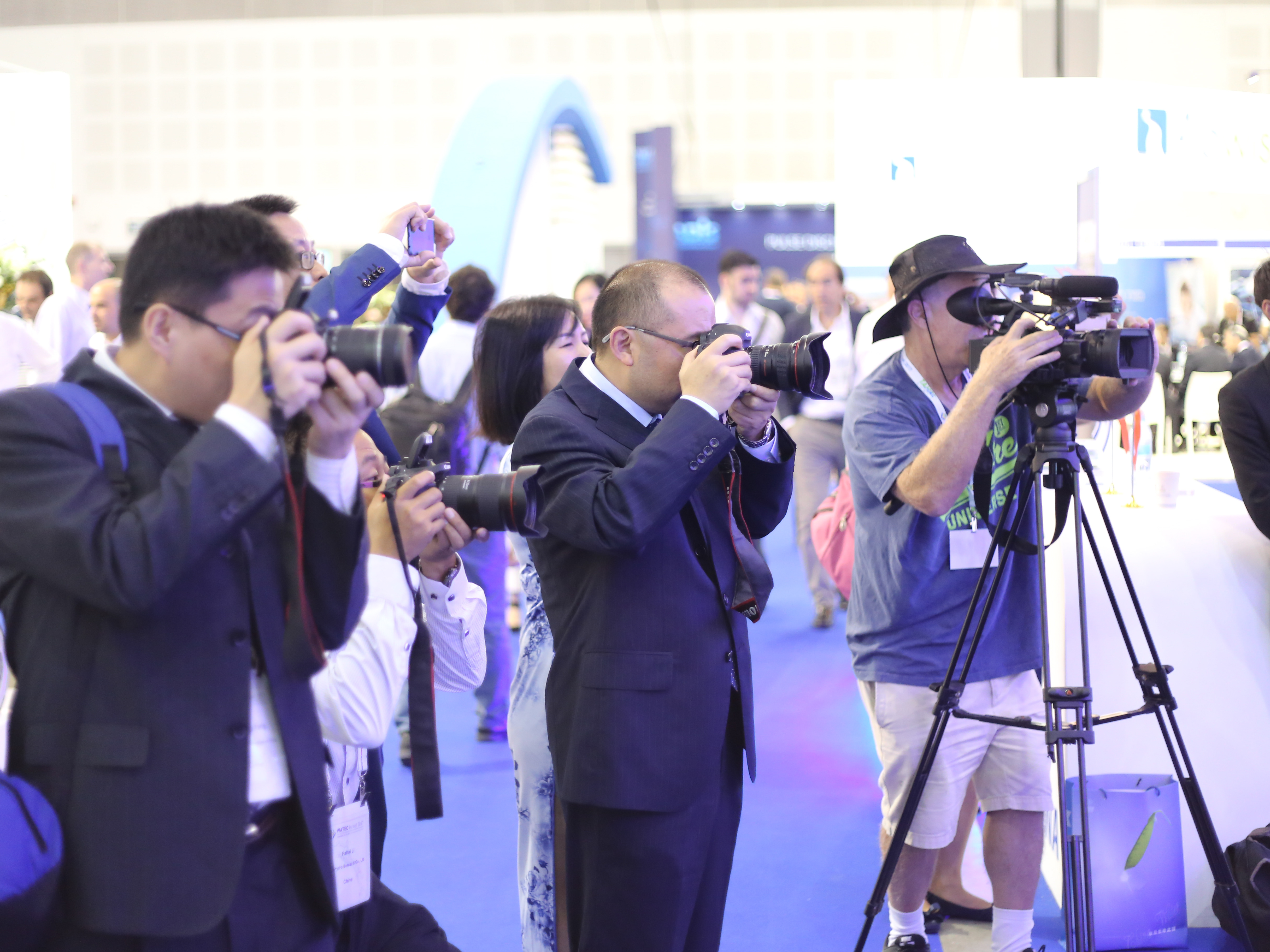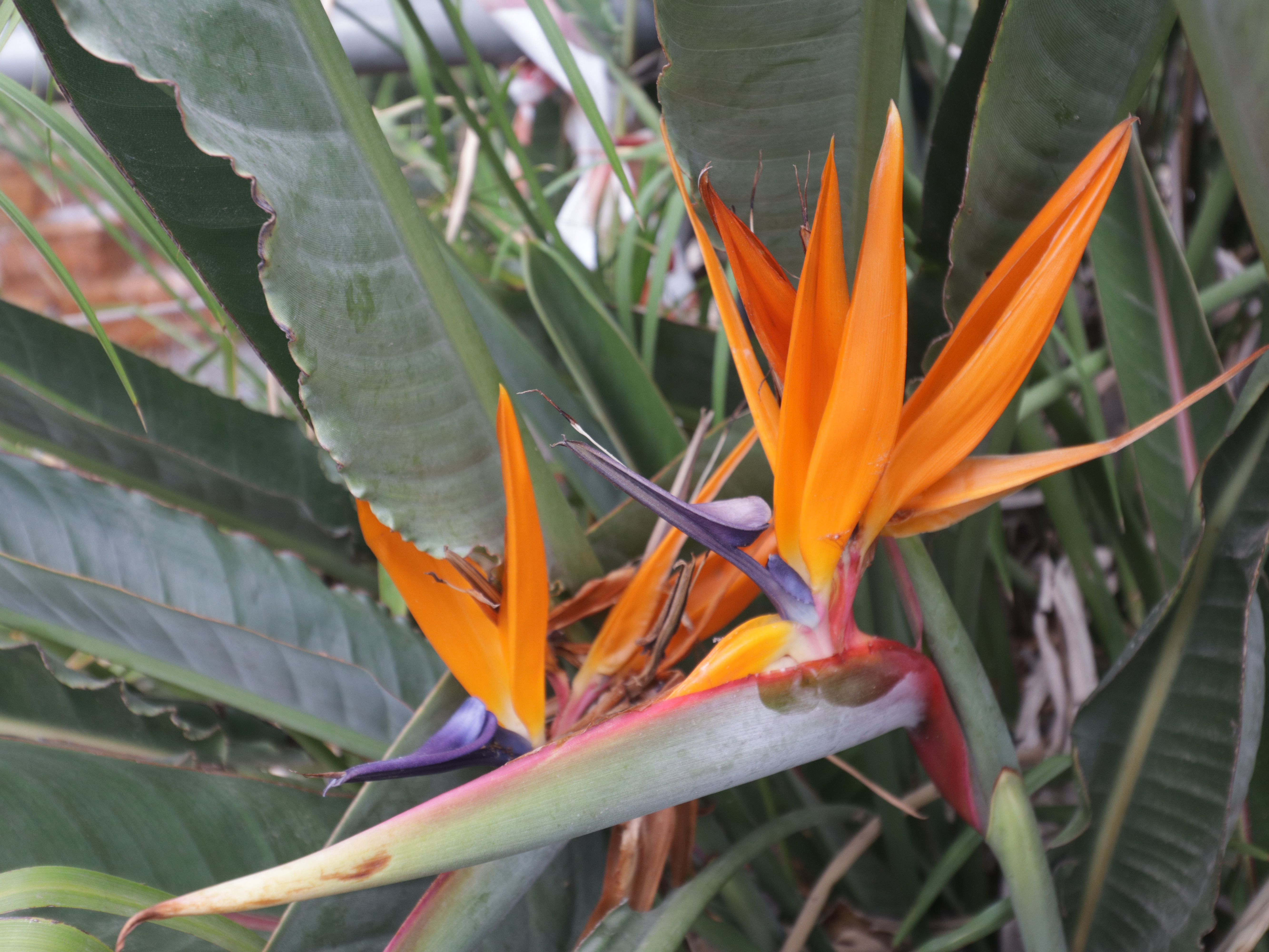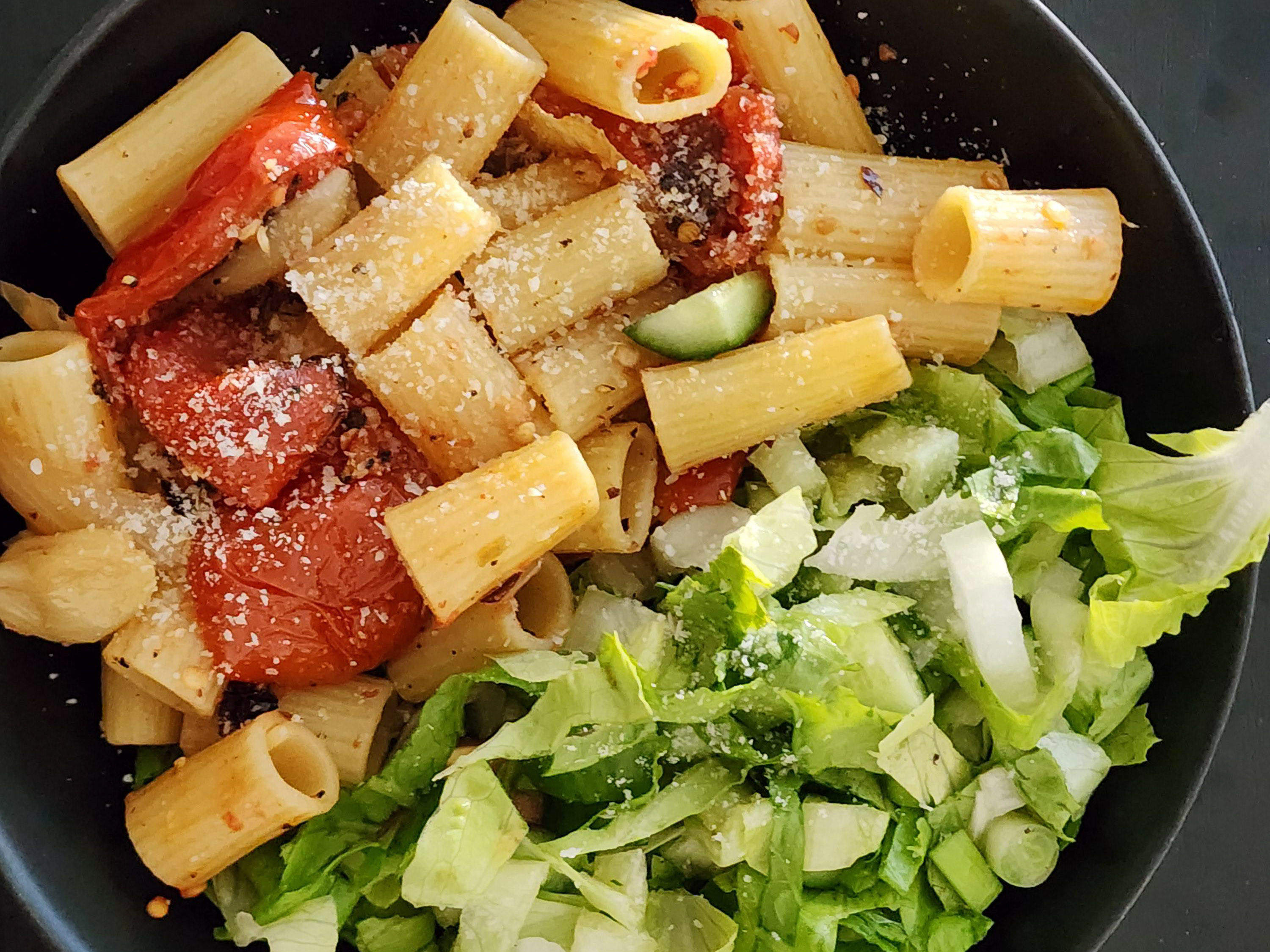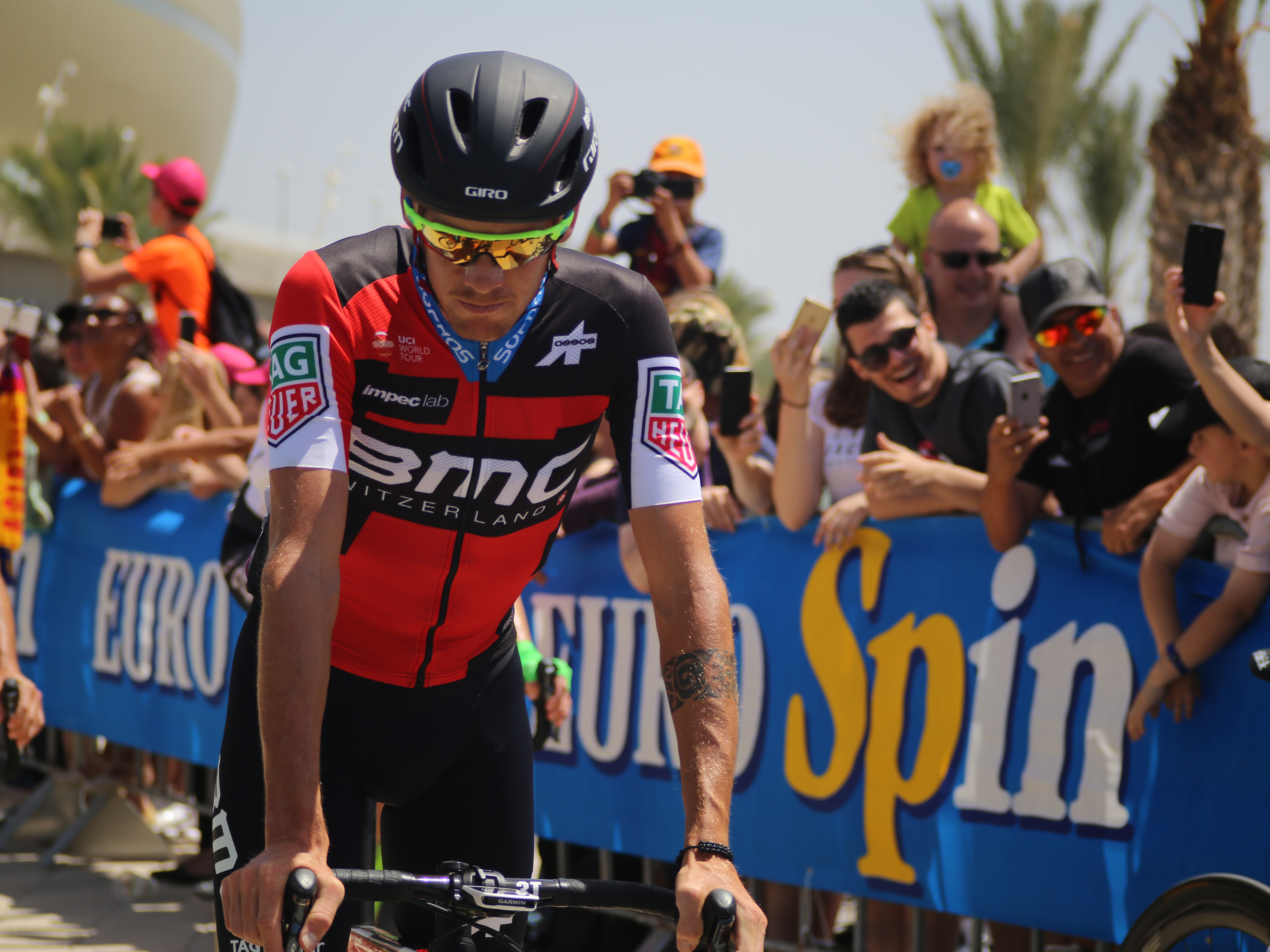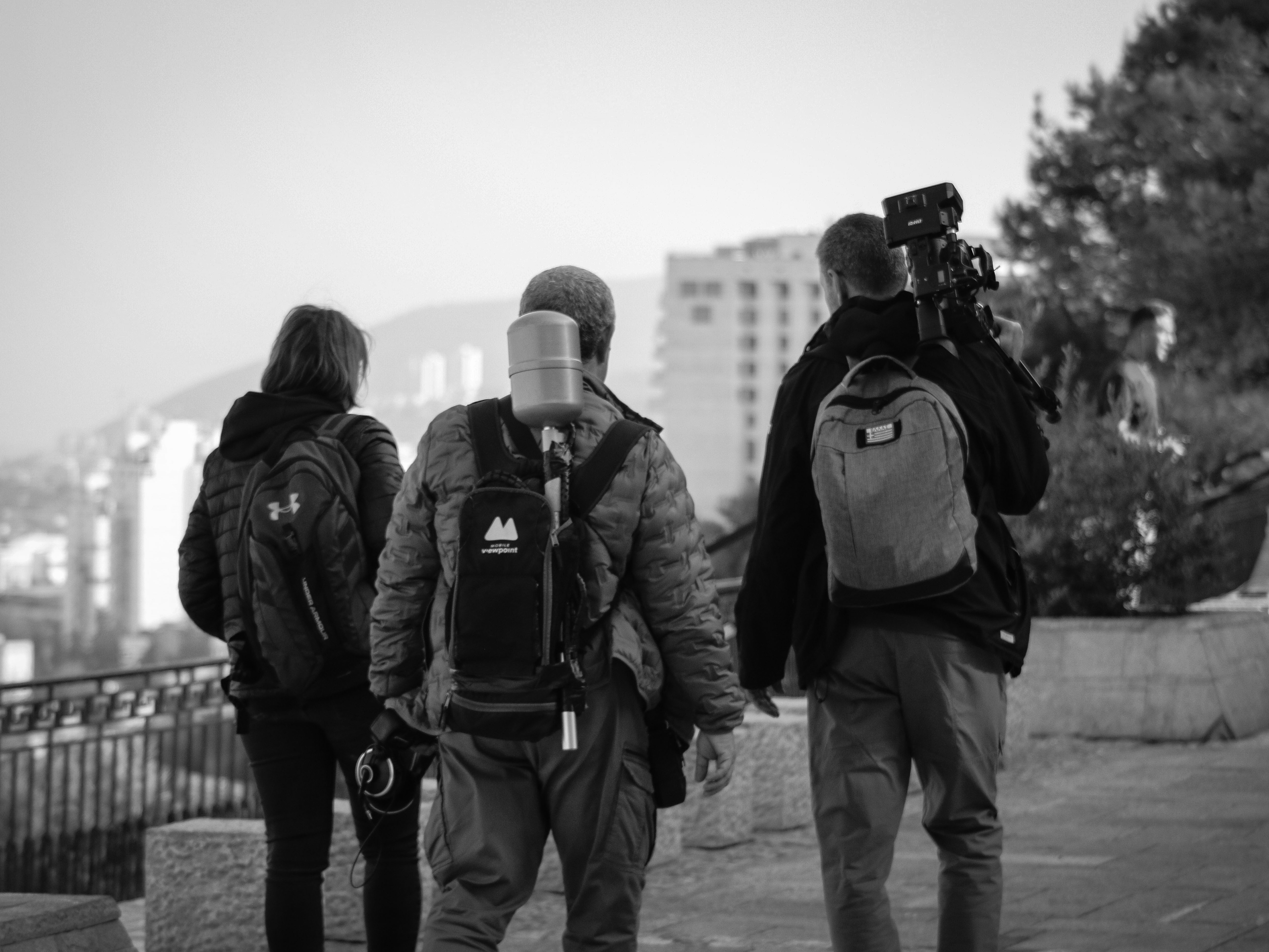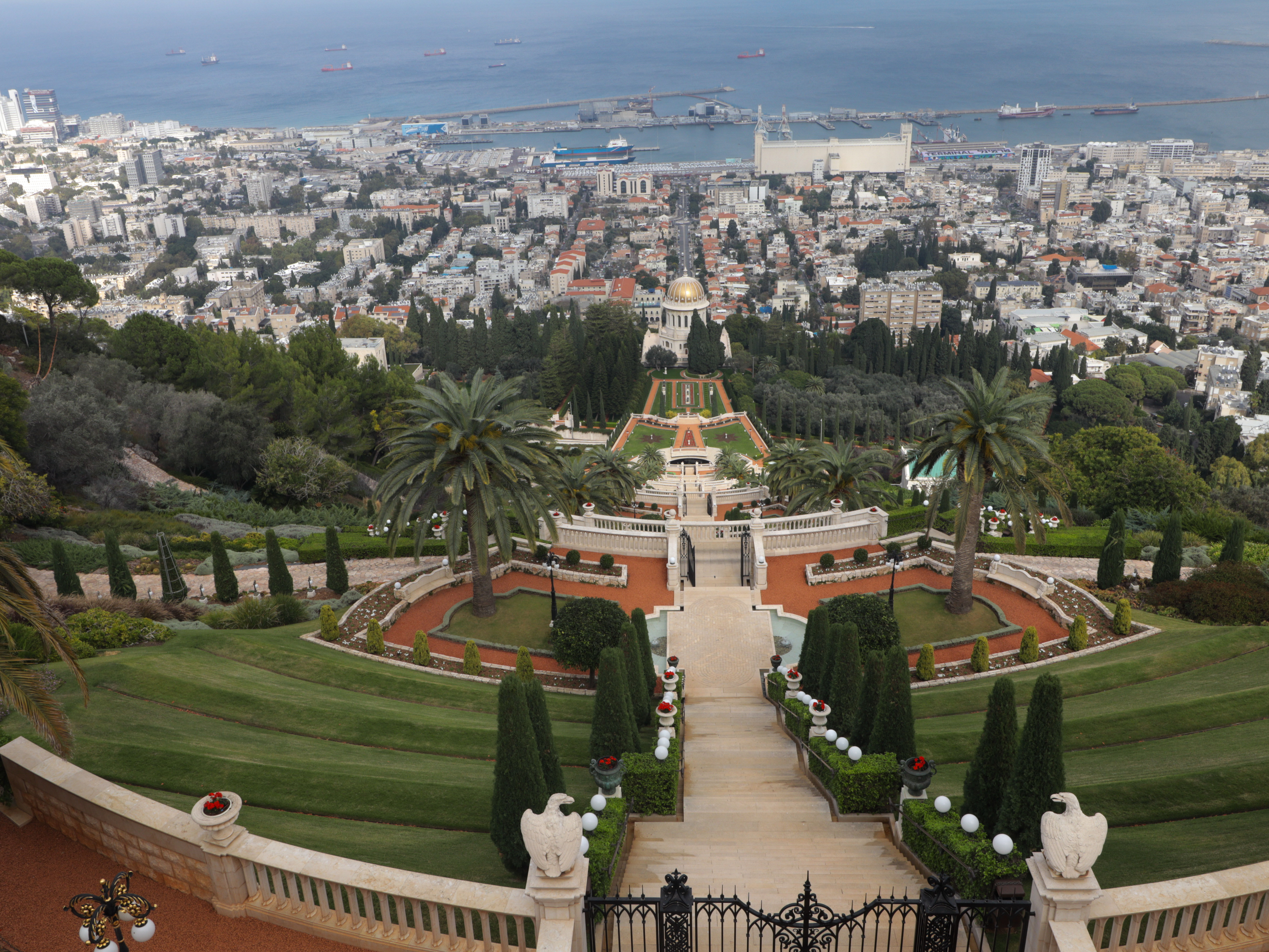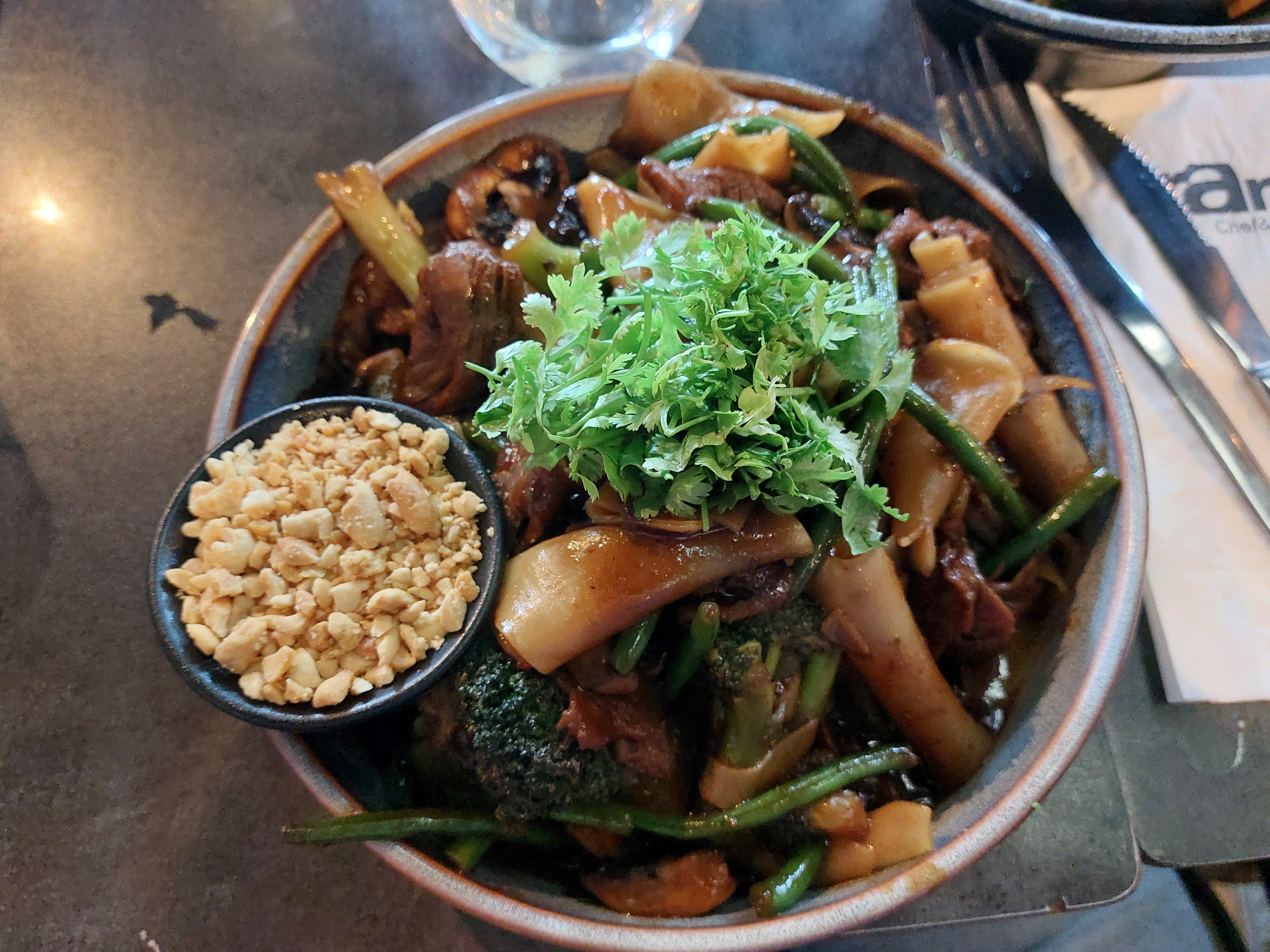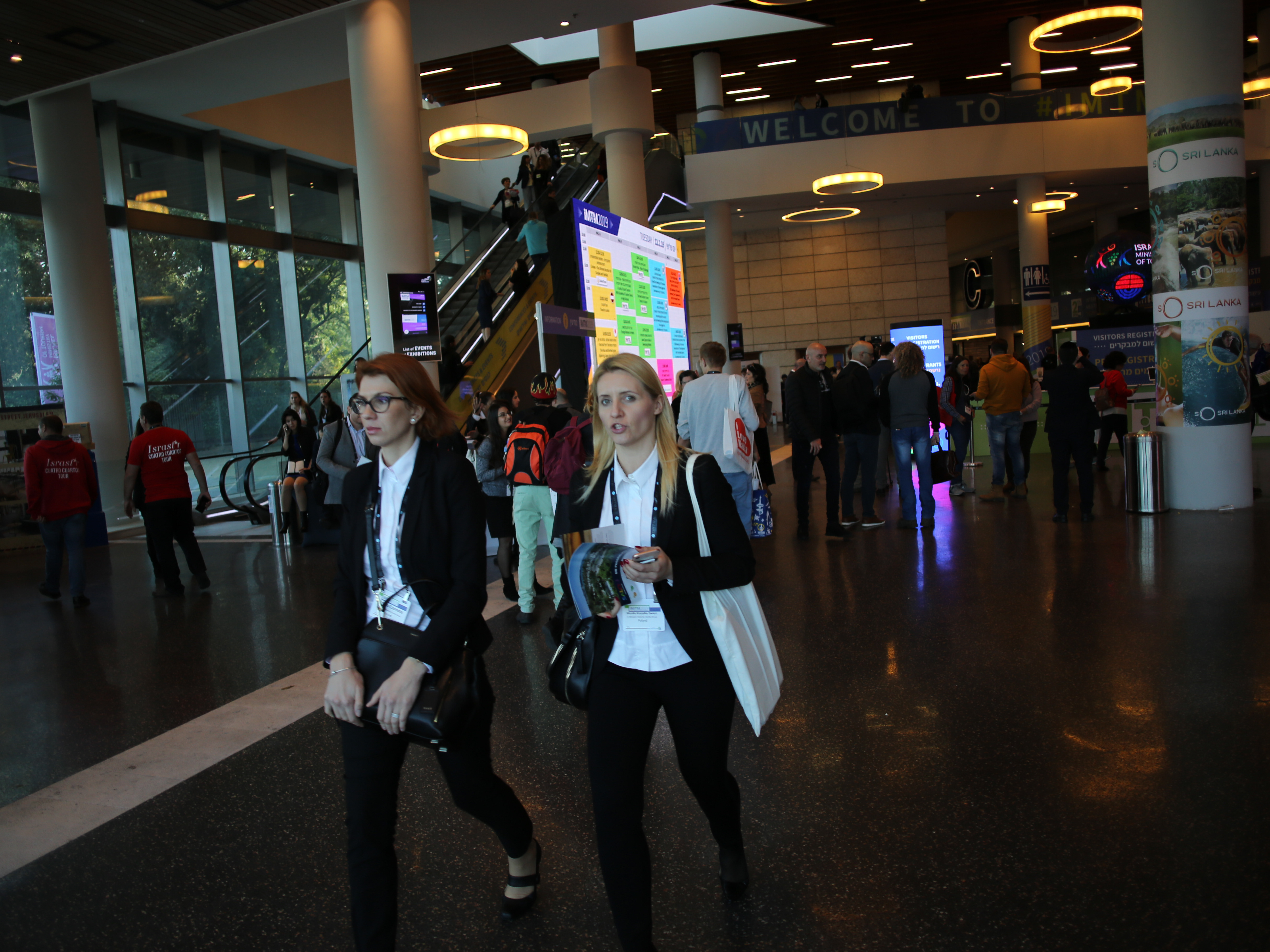There’s a soft brightness to the scene, the kind of light that makes the city feel unhurried even when the street is full. The photo catches Wenceslas Square breathing, stretched wide between rows of trees that have just begun to lean toward autumn. People move in loose clusters, drifting without any strict purpose, and the buildings lining both sides of the square feel like a gallery of different decades talking over one another. The National Museum sits in the distance like a quiet anchor, but the real story is in the crowd. A girl in a short checkered skirt and fuzzy boots walks past with her phone in both hands, headphones in, hair touched with a fading sort of rose-blonde dye. She looks local, but maybe she’s not — and it kind of doesn’t matter because Prague has become a place where the borders blur like that. Around her, families negotiate directions, tourists shuffle through with cameras or tote bags slung awkwardly, and a few locals weave around the slow-moving clusters with the patience of people who’ve done this a thousand times.
If you stand here long enough, you start to notice patterns, small demographic signals embedded in the everyday. Prague used to feel a bit older a decade ago — more retirees, more locals with strong routines, fewer passing flows — but the city has gotten younger again. There are more students, more remote workers, more people who come “for a month” and stay for a year without ever quite committing to saying they live here. And tourism hasn’t gone away; it has just shifted shape. Instead of massive tour buses and quick snapshots, you see these slow-wandering visitors who look like they’re trying to feel a place rather than conquer it. The cafés lining the street charge slightly too much for coffee, which is a sign in itself: a city courting visitors who don’t mind paying a little extra to be in the middle of things, to watch the world pass by from a tiny round table under a heater in October.
Markets aren't only about shops. A city’s economy lives in its sidewalks. Who’s here, what they wear, how fast they move — all of that is data. The busy mid-day foot traffic hints at a labor market where flexible schedules are normal. The variety of languages overheard even in one minute hints at both the openness and the vulnerability of a tourism-supported center. And the style — the lived-in jackets, the thrifted sweaters, the backpacks instead of handbags — says something about how people spend: more on travel and experiences, less on formality or display. It’s a city where the center isn’t just a postcard backdrop but an everyday commons, a place to simply be among strangers without feeling out of place. Which makes this scene, maybe without trying, a snapshot of Europe’s quiet evolution: people mixing, crossing paths, pausing in sunlight that feels borrowed from somewhere warmer. A square that once staged revolutions now simply receives footsteps. And that, too, is a kind of historical moment, just quieter than the others.
